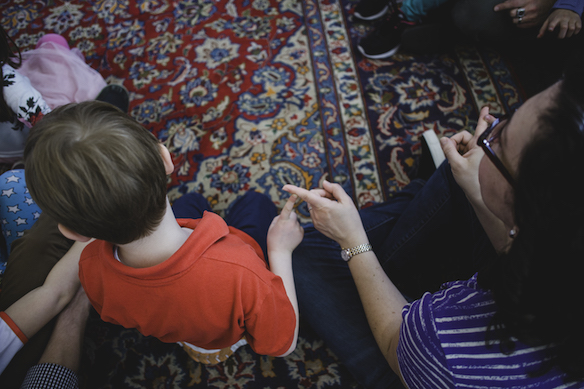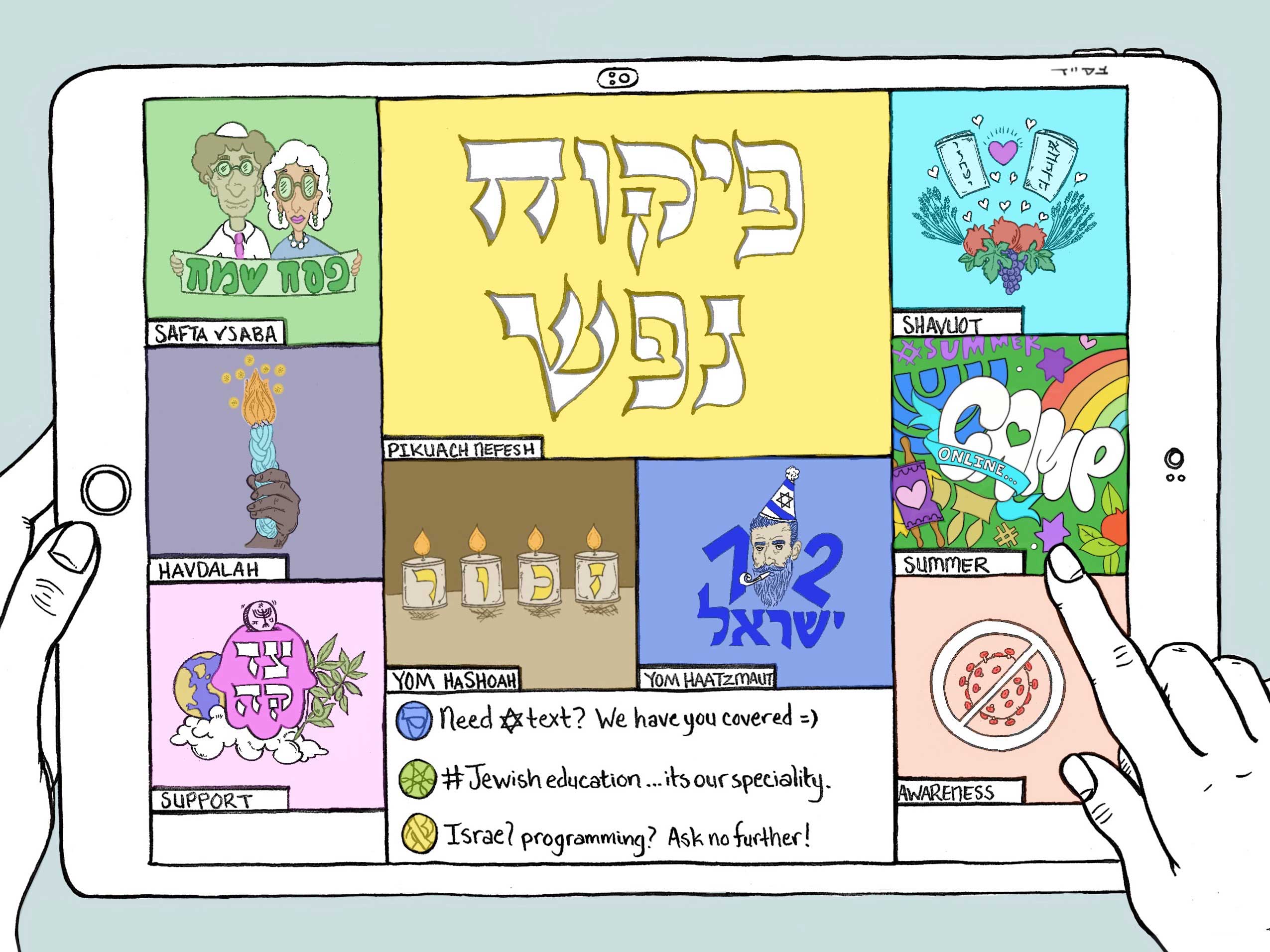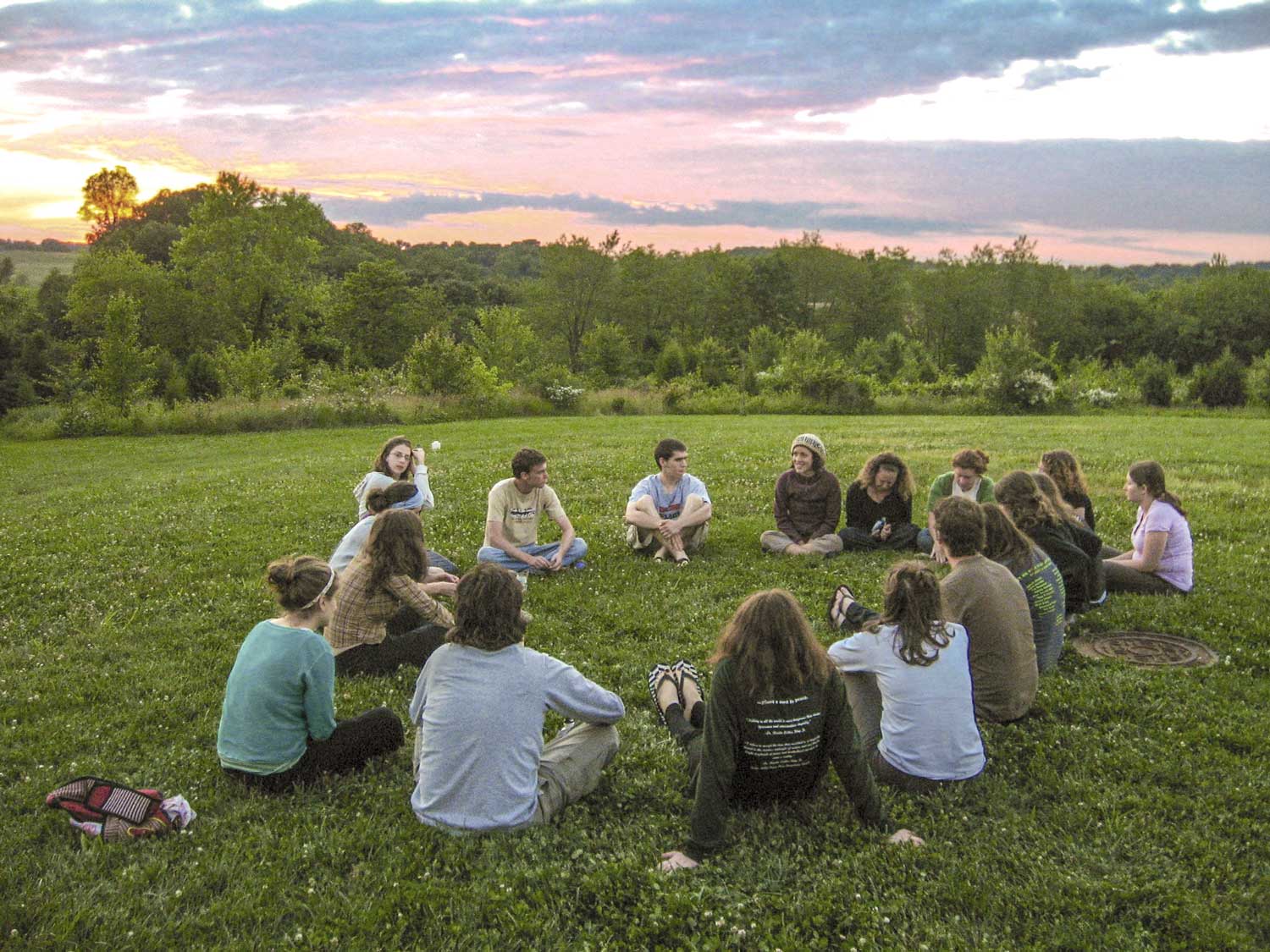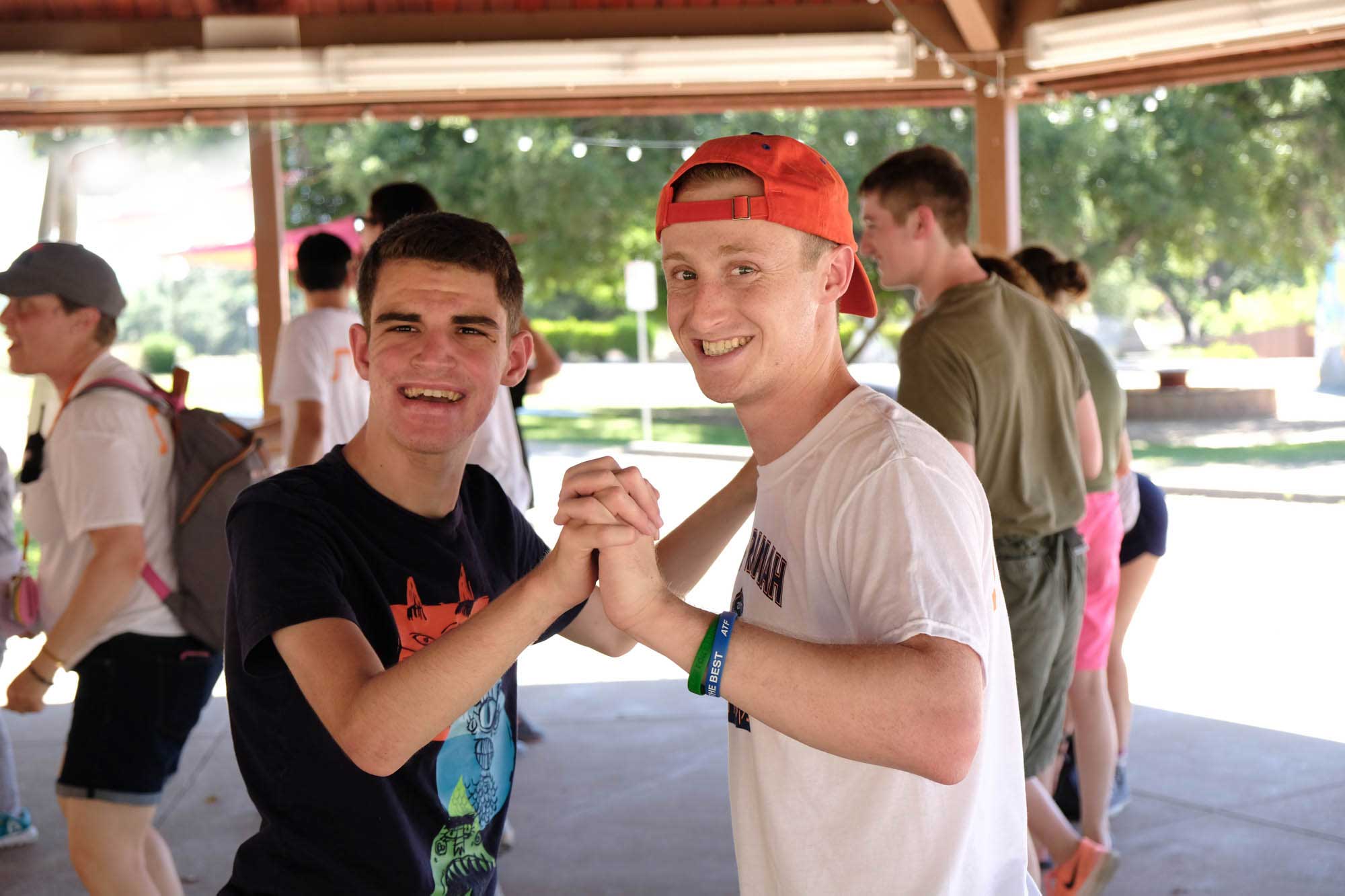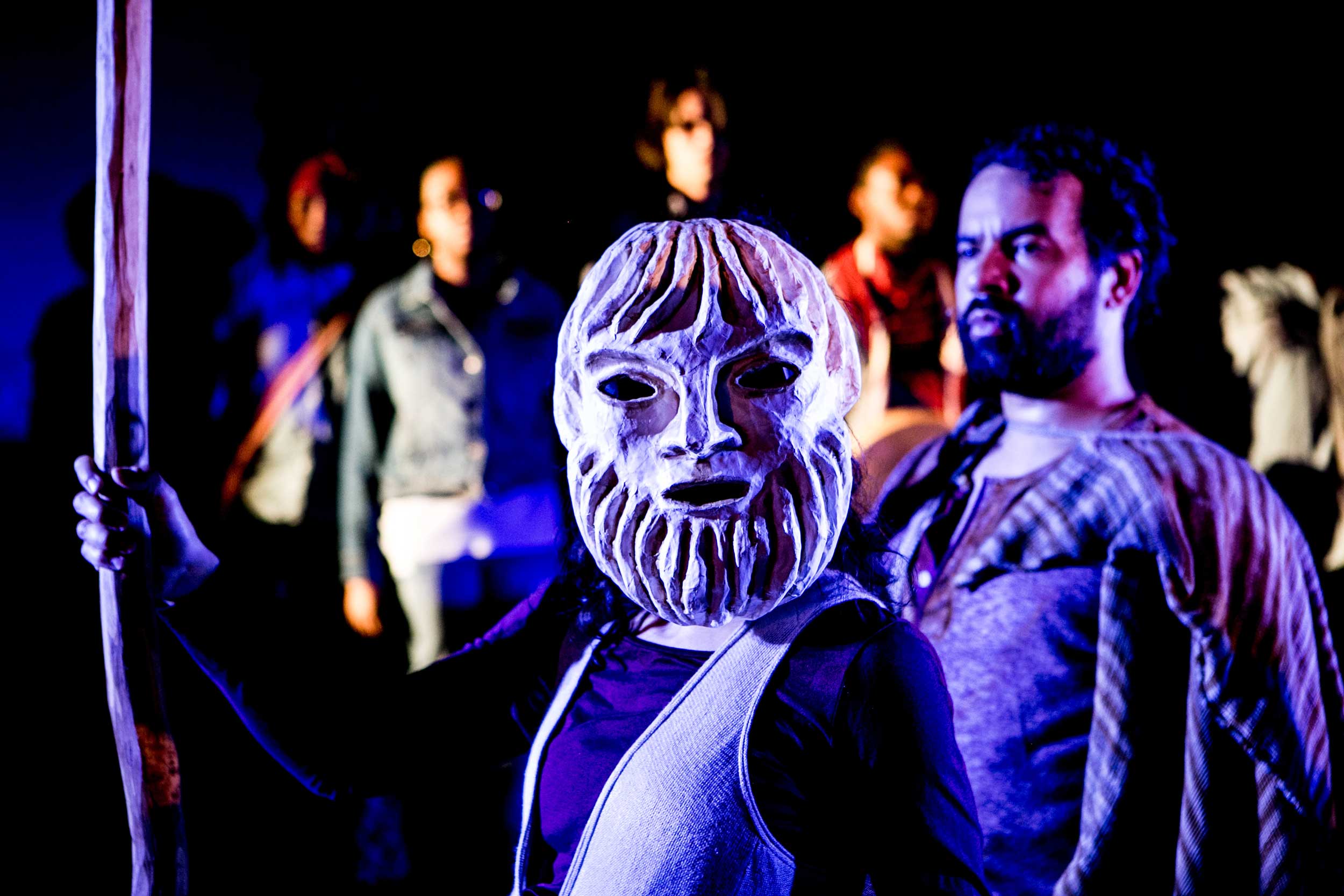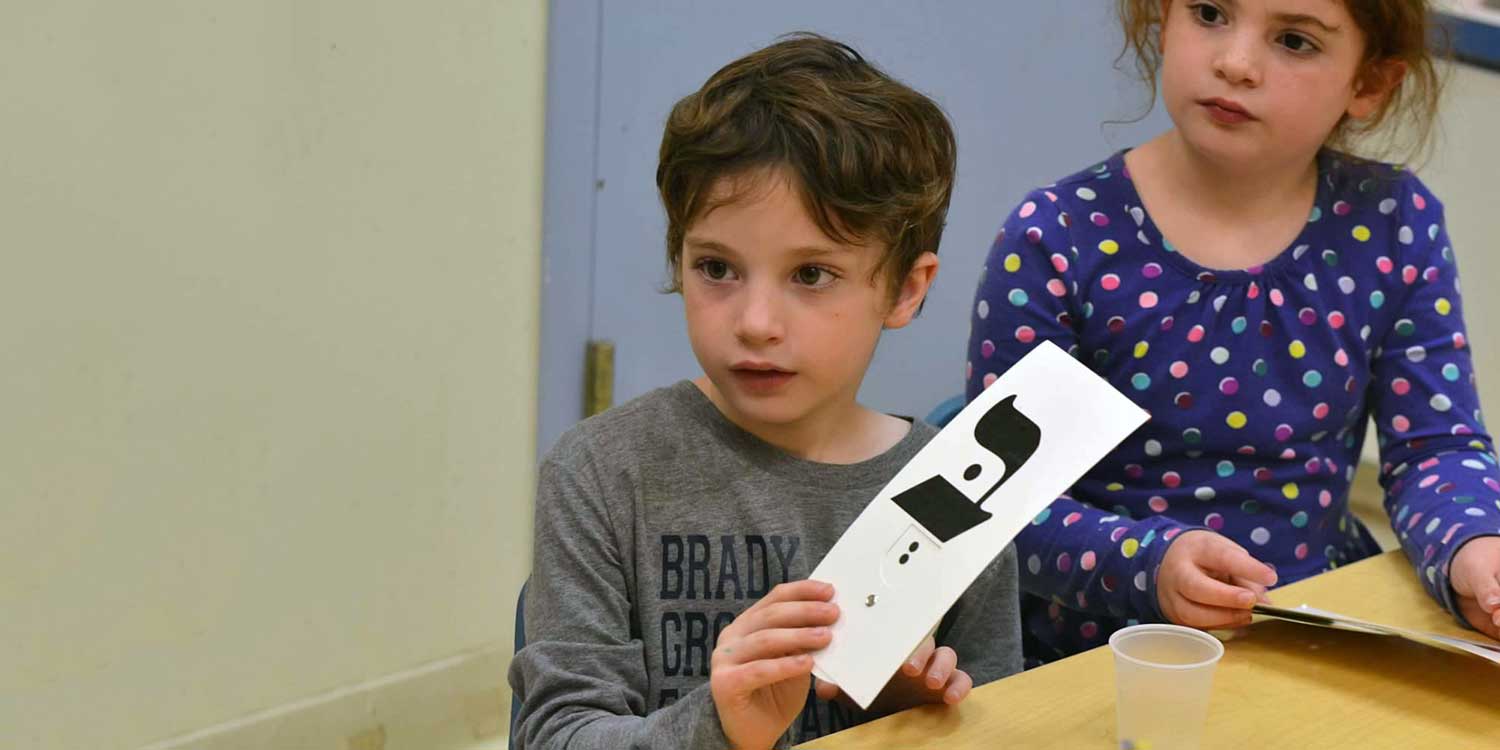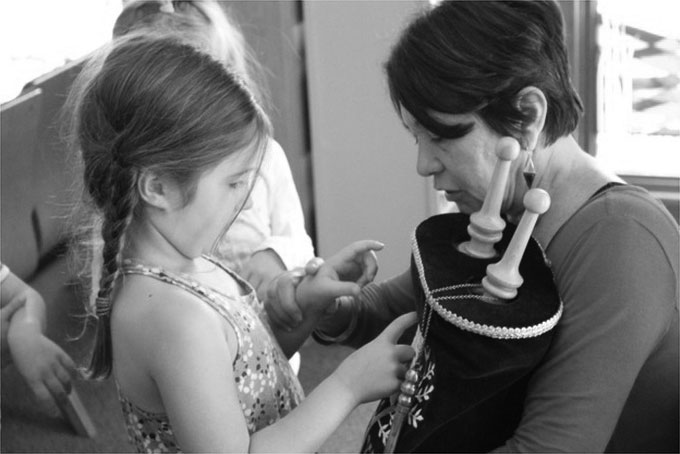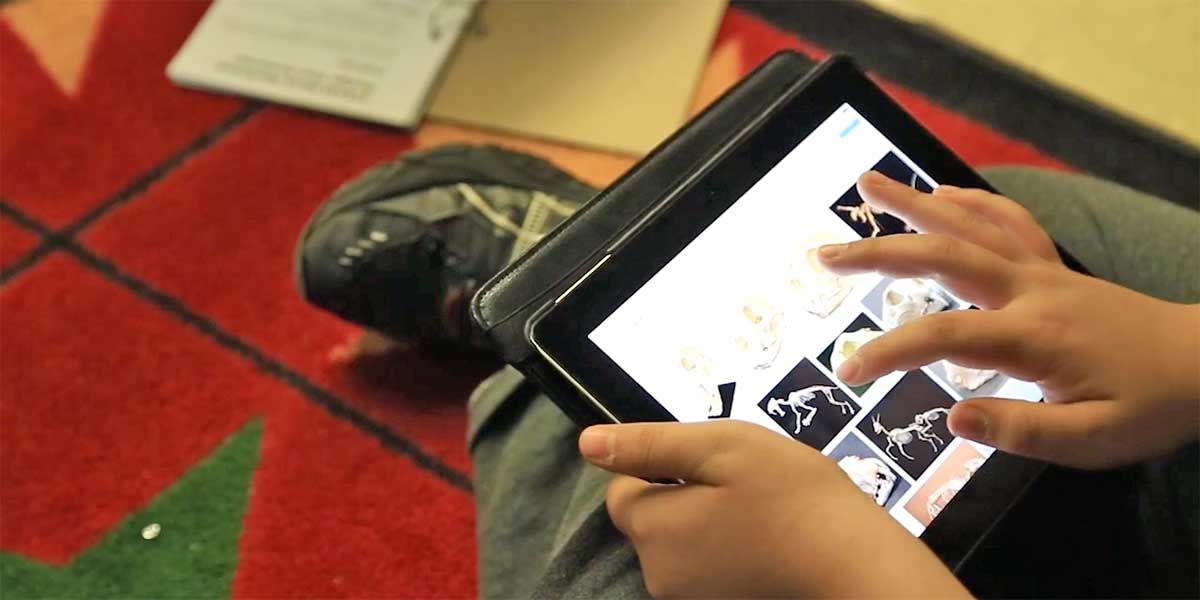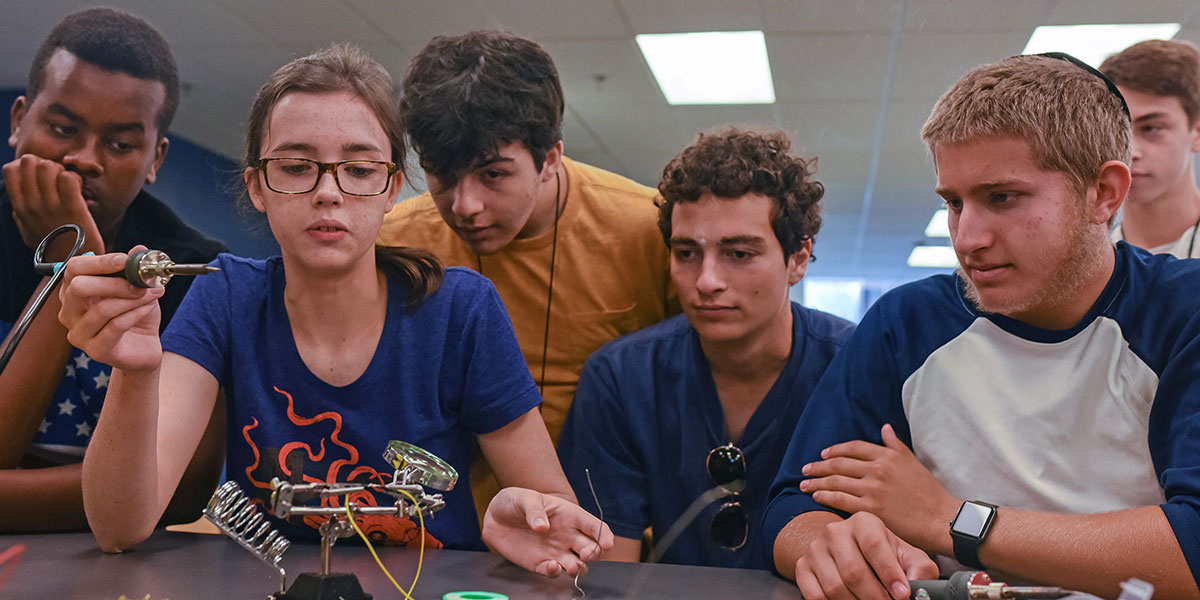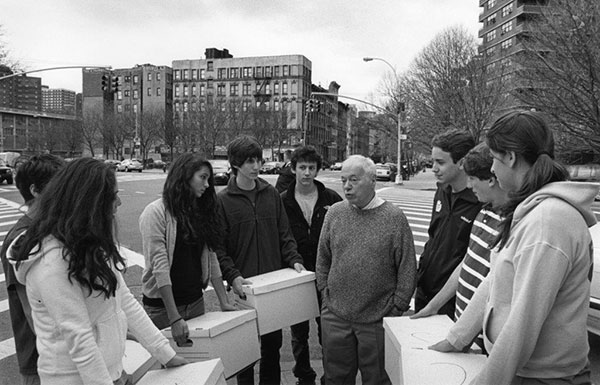ARTICLE Planning For Disruption: A Use Case in Digital Learning
By Barry Joseph, Associate Director for Digital Learning, Youth Initiatives
American Museum of Natural History
When powerful, new approaches to learning are introduced through digital tools, meaningful disruptions occur along the way.
This doesn’t mean everything that’s difficult is worthwhile. There are myriad challenges facing educators--and sustaining innovative practices which require additional resources is just one. But if the disruptions to on-going practices and expectations are anticipated and strategic, they can open up space for future innovations. When this happens, new approaches which previously seemed inaccessible, are suddenly within reach.
For example, take Project 613, a new optional learning opportunity offered by my synagogue, the Reform Temple of Forest Hills. Last year, with support from the Covenant Foundation, the religious school at RTFH introduced a new program to its 120 or so students. Project 613 offered almost three dozen digital badges organized into 5 Jewish-learning themed categories, and challenged students to complete missions (amongst a list of hundreds) and submit evidence. While it was far from perfect, the pilot year produced over 500 pieces of evidence, generating scores of photographs, drawings, Minecraft builds, and more, each demonstrating a connection made by the students, between something in their lives and some Jewish content or value.
For many of the stakeholders involved, however, Project 613 caused confusion. This was anticipated, as it didn’t fit into any existing box. In other words, it challenged - or disrupted - their idea of what learning is supposed to look like.
Project 613 is an interest-driven project, an opt-in system predicated on the passions of the students. This raises lots of questions for teachers. Should (or would) they be held responsible if their students didn’t participate? How would they find the time in their busy schedules to review (and provide feedback on) evidence submitted by each of their students?
Parents were held responsible for setting up their children’s online accounts. But if this wasn’t homework, should parents feel pressure to get their child to participate? Inversely, if their children were pursuing a badge, were they supposed to help, and spend their limited family time on this activity? How much help could, or should, the parents expect from the school?
And then of course, there were questions from the participating students, too. This wasn’t homework. And while the badges were certainly related to Jewish learning, they also connected students with their personal and often non-scholastic activities, like playing video games, watching movies, and eating at delis. Students needed to figure out for themselves why they should pursue a badge and why they should care if their peers knew of their achievements. Equally important, they needed to figure out how to choose a badge and select from the infinite pathways available before them to pursue one.
These are questions raised specifically by Project 613, which is now in its second year. The program might be working. Or it might not. But to the extent the school tackles the questions it raises at a broader level - not just about Project 613 but about digital learning strategies in general - then the implementation can have impact far beyond the goals of any one particular project. If the disruptions are addressed not as problems but as opportunities for growth, then the extra effort put towards addressing them can help everyone involved see the promise of new ways of learning in the digital age.









